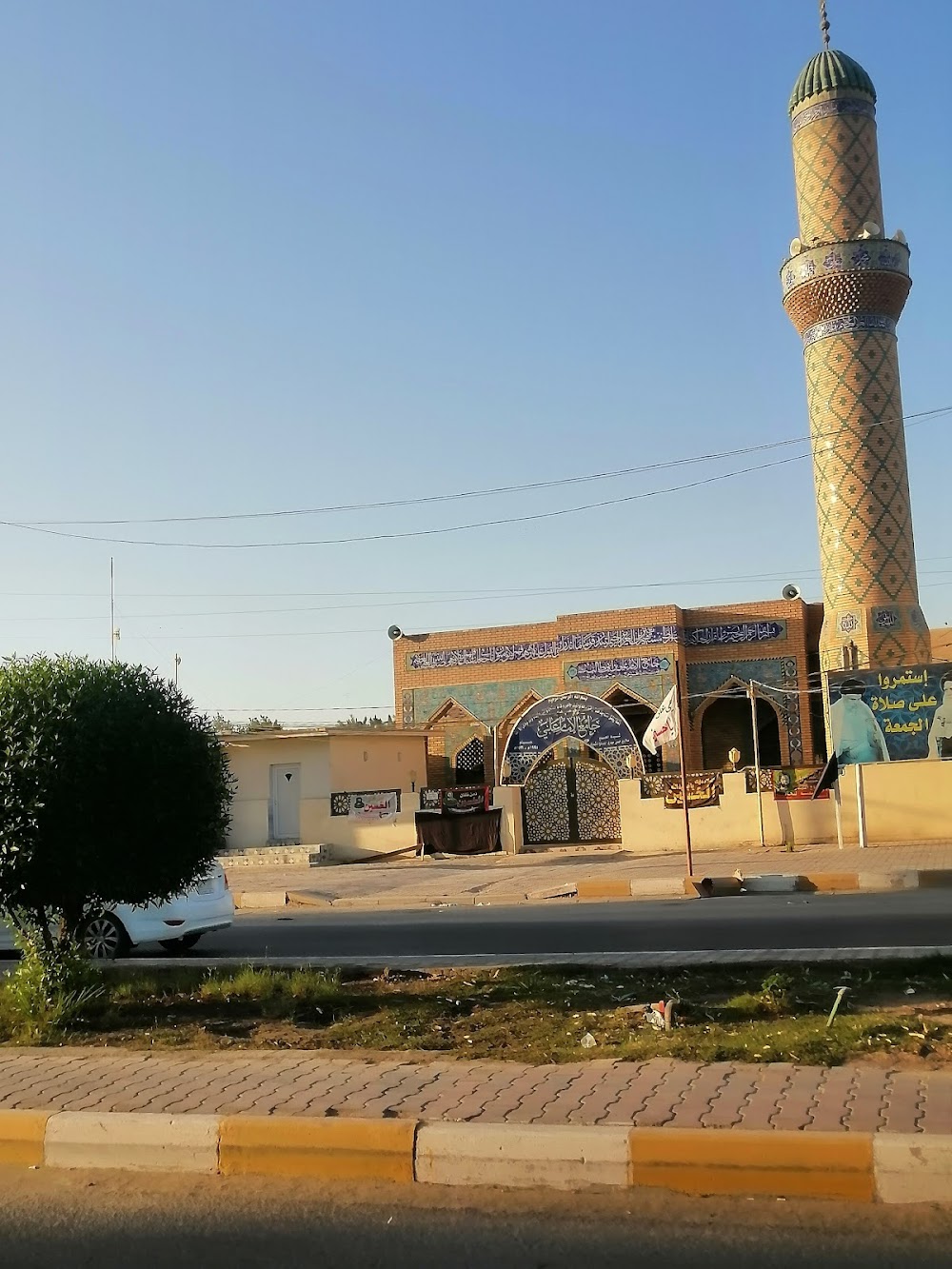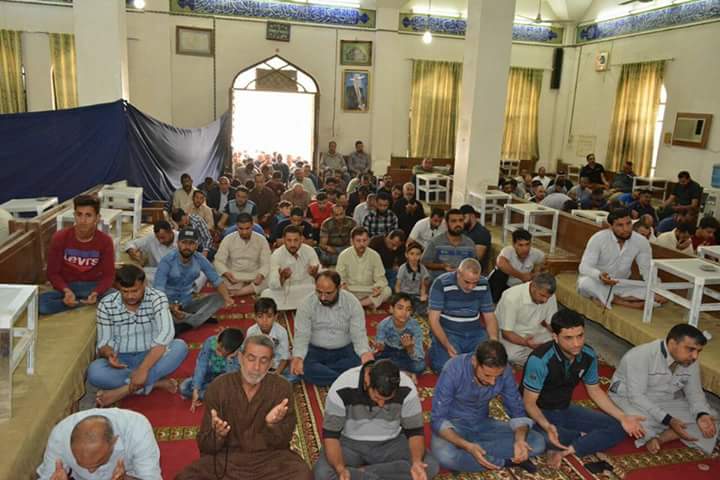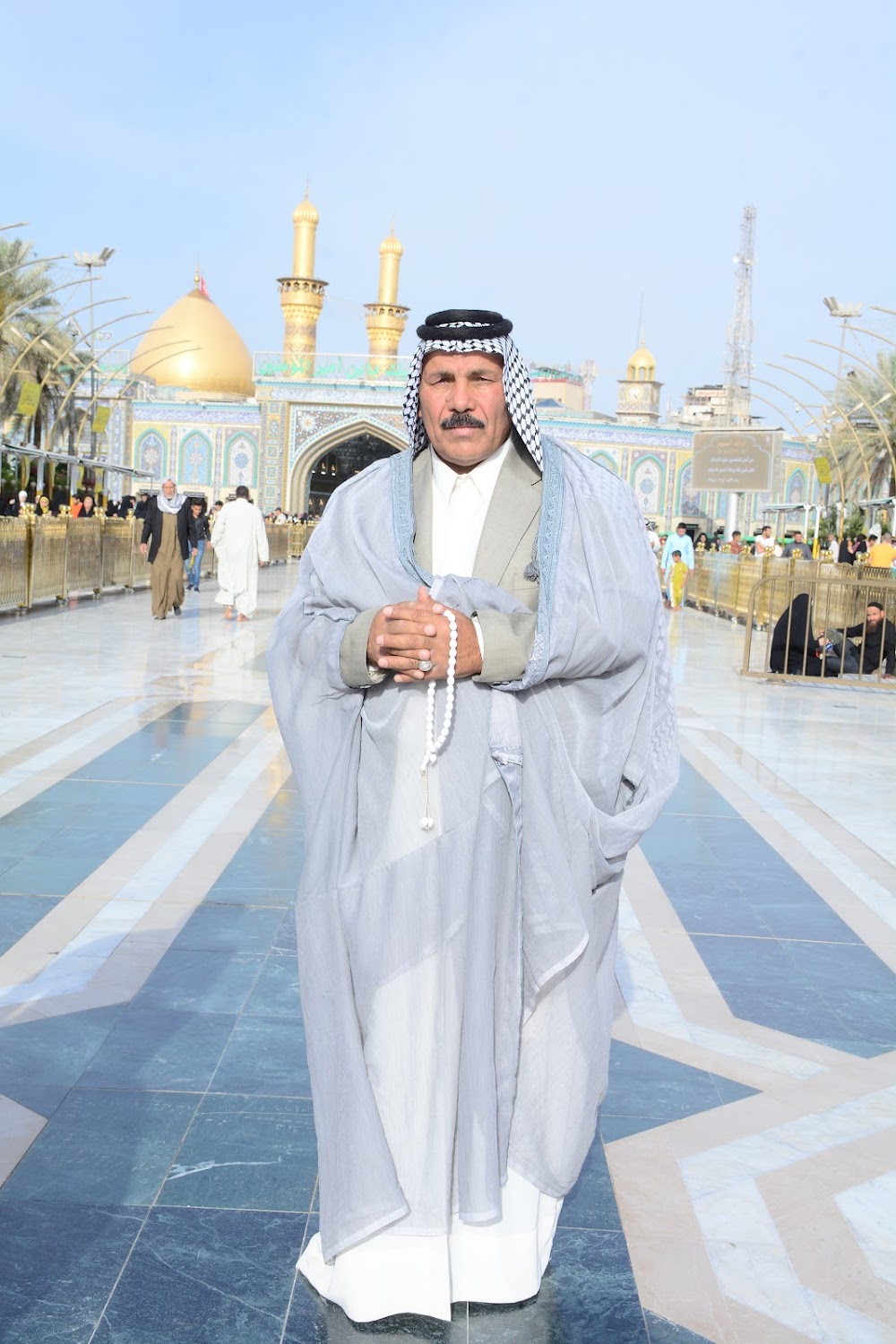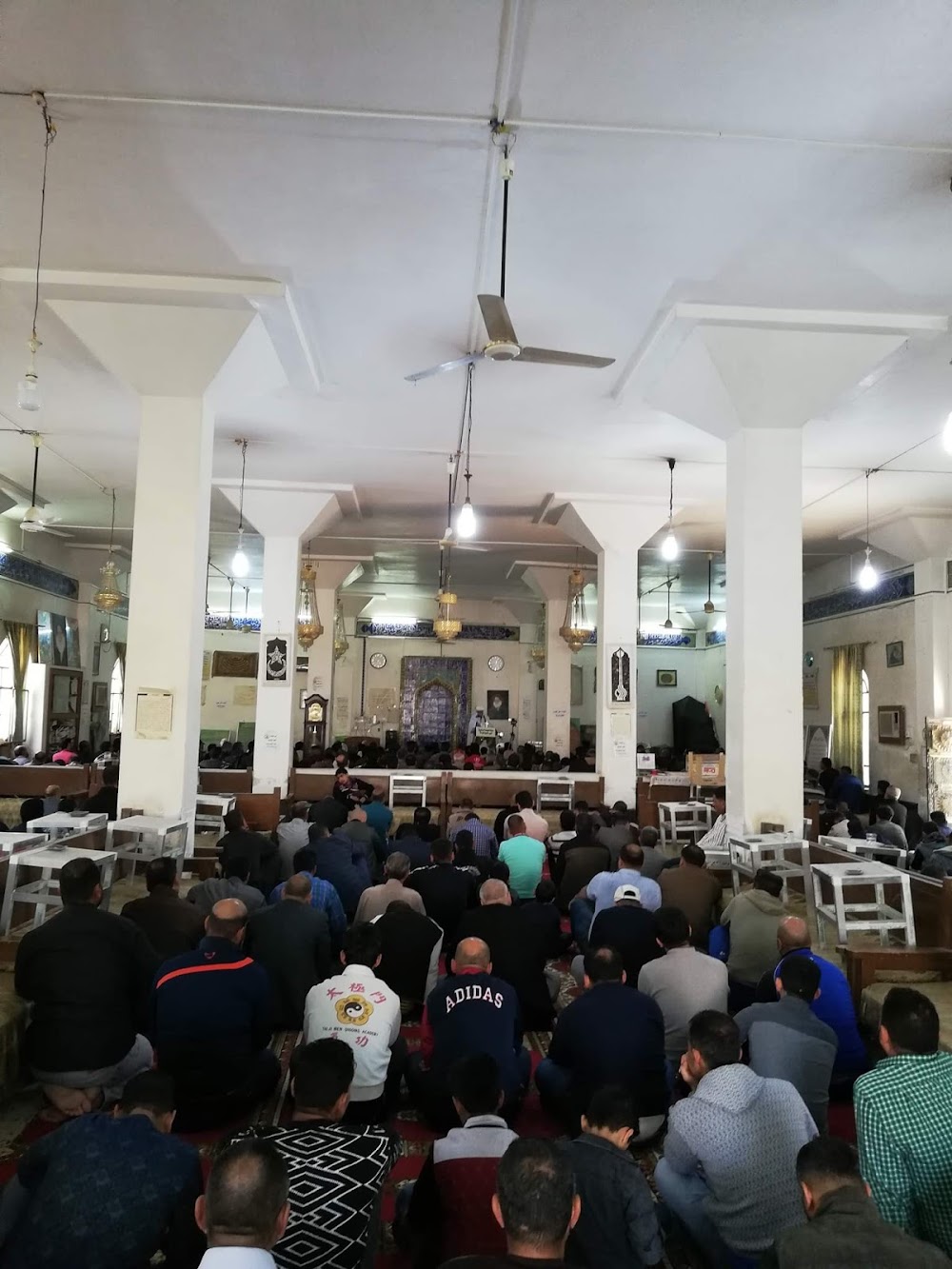Imam Ali Mosque (مسجد الإمام علي)
Overview
The Mosque of Imam Ali, nestled in the vibrant heart of Al-Qādisiyyah, Iraq, is one of the nation’s most revered and historically significant places of worship. This sacred site is believed to house the tomb of Imam Ali ibn Abi Talib (peace be upon him), the cousin and son-in-law of the Prophet Muhammad and the first Imam of Shia Islam. Its profound spiritual and historical importance draws pilgrims and tourists alike from across the globe.
Construction of the mosque began in 977 AD during the Buyid dynasty. Initially modest in appearance, the mosque's significance led to ongoing enhancements throughout the centuries. Today’s visitors can appreciate the results of these cumulative efforts, with numerous renovations showcasing the passage of time and the rich tapestry of its history.
During the Safavid era in the 16th and 17th centuries, the mosque underwent significant architectural developments. Notable rulers such as Shah Ismail I and Shah Abbas I from Persia left their mark by adorning the mosque with exquisite tile work and expanding its courtyard. Their contributions not only stabilized the growing structure but also highlighted its architectural splendor, blending Persian artistry with intricate Islamic calligraphy.
The Ottoman Empire also played a vital role in the mosque's evolution. In the mid-19th century, Sultan Abdulmejid I oversaw further embellishments, including the introduction of stunning golden domes. The inner sanctum, where the tomb of Imam Ali (peace be upon him) rests, was exquisitely plated in gold and silver, enhancing the mosque's revered status.
As you step into the Mosque of Imam Ali, you are immediately enveloped by a profound sense of peace and sanctity. The radiant golden dome glistens under the sun, serving as a focal point, while tall minarets stand sentinel over the mosque and its visitors. The outer walls are adorned with intricate blue tiles, showcasing verses from the Quran and exquisite geometric patterns that exemplify the complexity and beauty of Islamic art.
The grandeur continues within the mosque's interior. The spacious central courtyard welcomes numerous pilgrims who gather to offer prayers and pay their respects. Beneath the golden dome lies the sacred tomb of Imam Ali (peace be upon him), surrounded by lavish silver engravings. Above, an intricate chandelier bathes the space in a warm, inviting glow.
Visitors can explore halls and corridors illuminated by light reflecting off carefully placed tiles and mirrors. The ceilings boast stunning arabesque designs, with calligraphic inscriptions narrating Quranic verses and poetic praises for Imam Ali, adding to the mosque's overall atmosphere of reverence.
Throughout its rich history, the Mosque of Imam Ali has served not just as a physical structure but also as a beacon of spiritual solace and unity among Shia Muslims worldwide. Despite the region's turbulent history and various adversities, it remains a vital place of pilgrimage and worship, drawing millions of visitors each year.
In recent years, modern amenities have been incorporated to accommodate the increasing number of visitors. Enhanced security measures and infrastructural improvements have been implemented, ensuring the safety and comfort of pilgrims while preserving the mosque's historic and spiritual essence.
The Mosque of Imam Ali in Al-Qādisiyyah, Iraq, stands as a testament to unwavering faith and reverence. Its resilient presence reflects a blending of architectural styles developed over centuries, creating a harmonious sanctuary dedicated to one of Islam's most respected figures. The mosque serves not only as a historical and religious landmark but also as a place of peace, reflection, and unity for all who visit.









